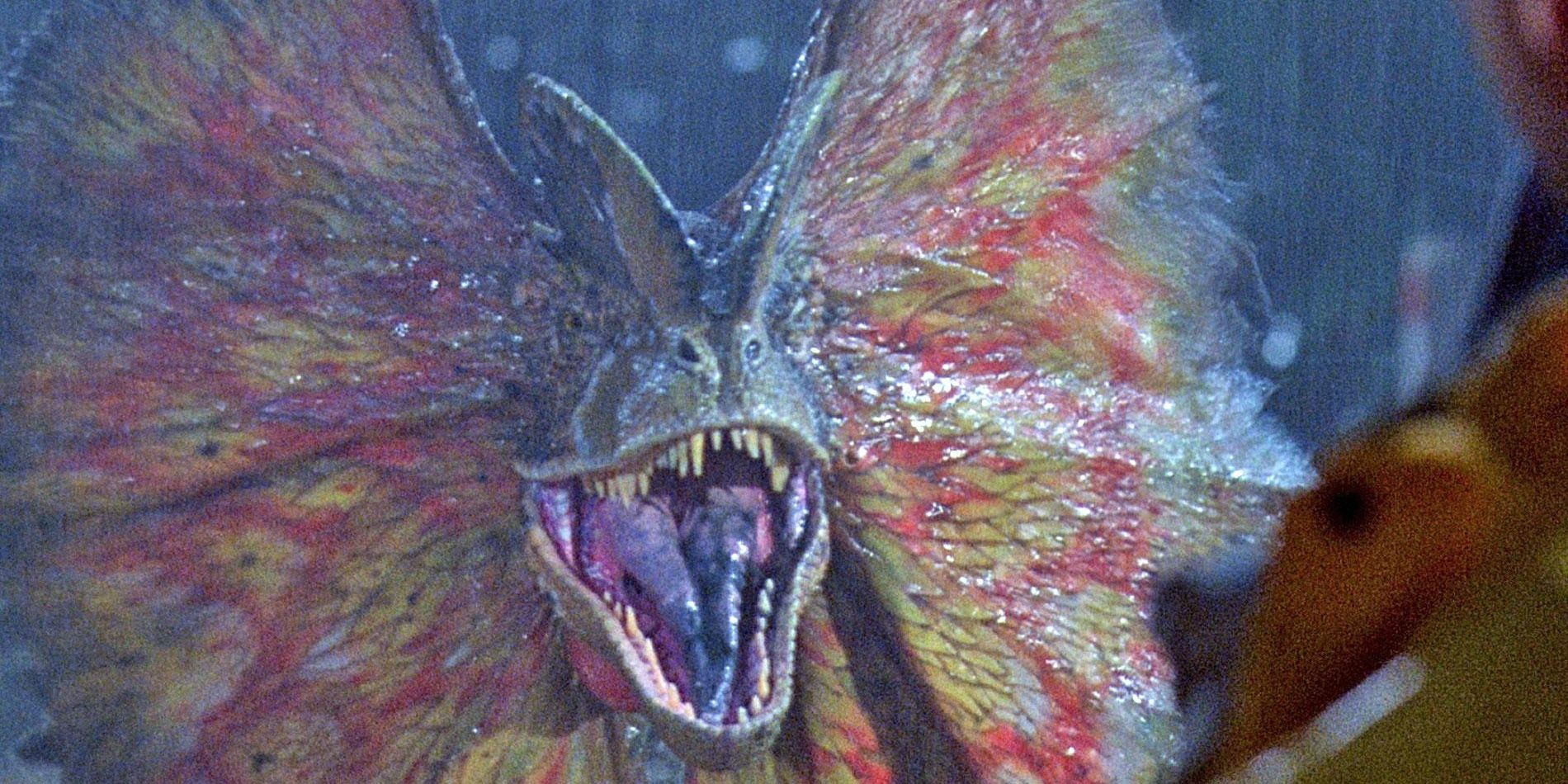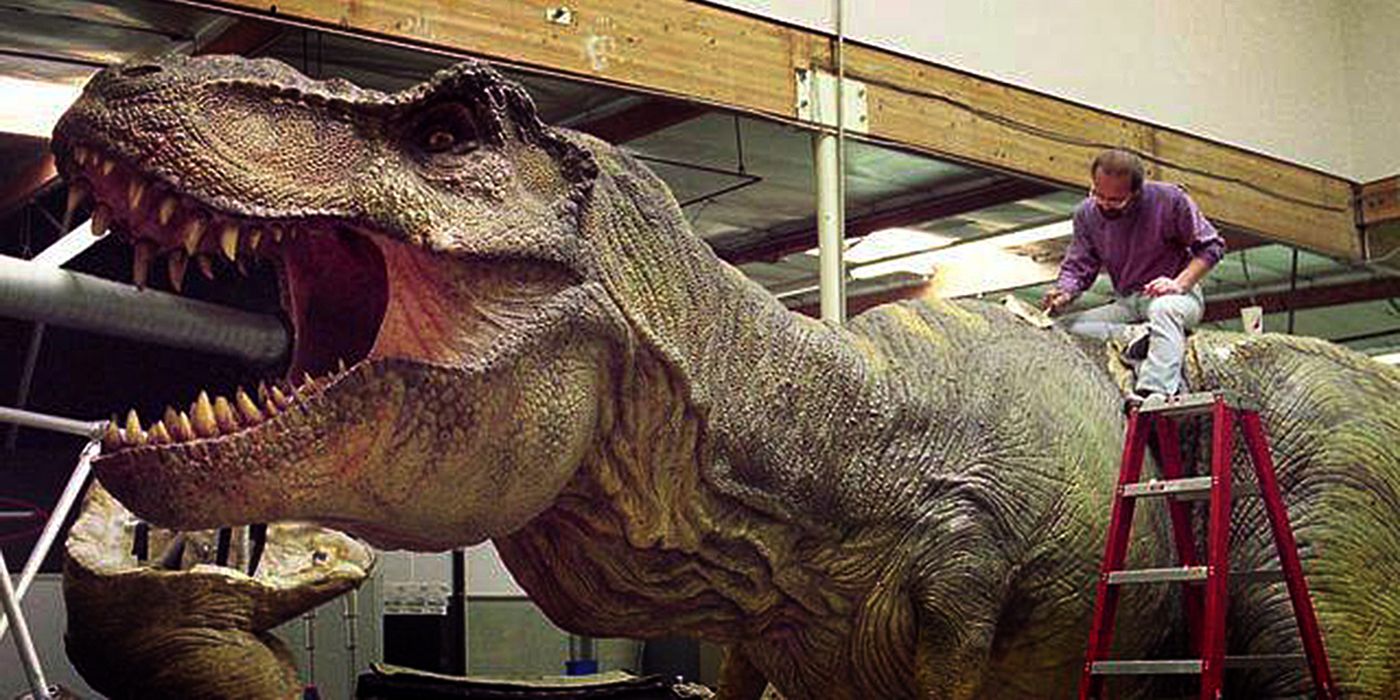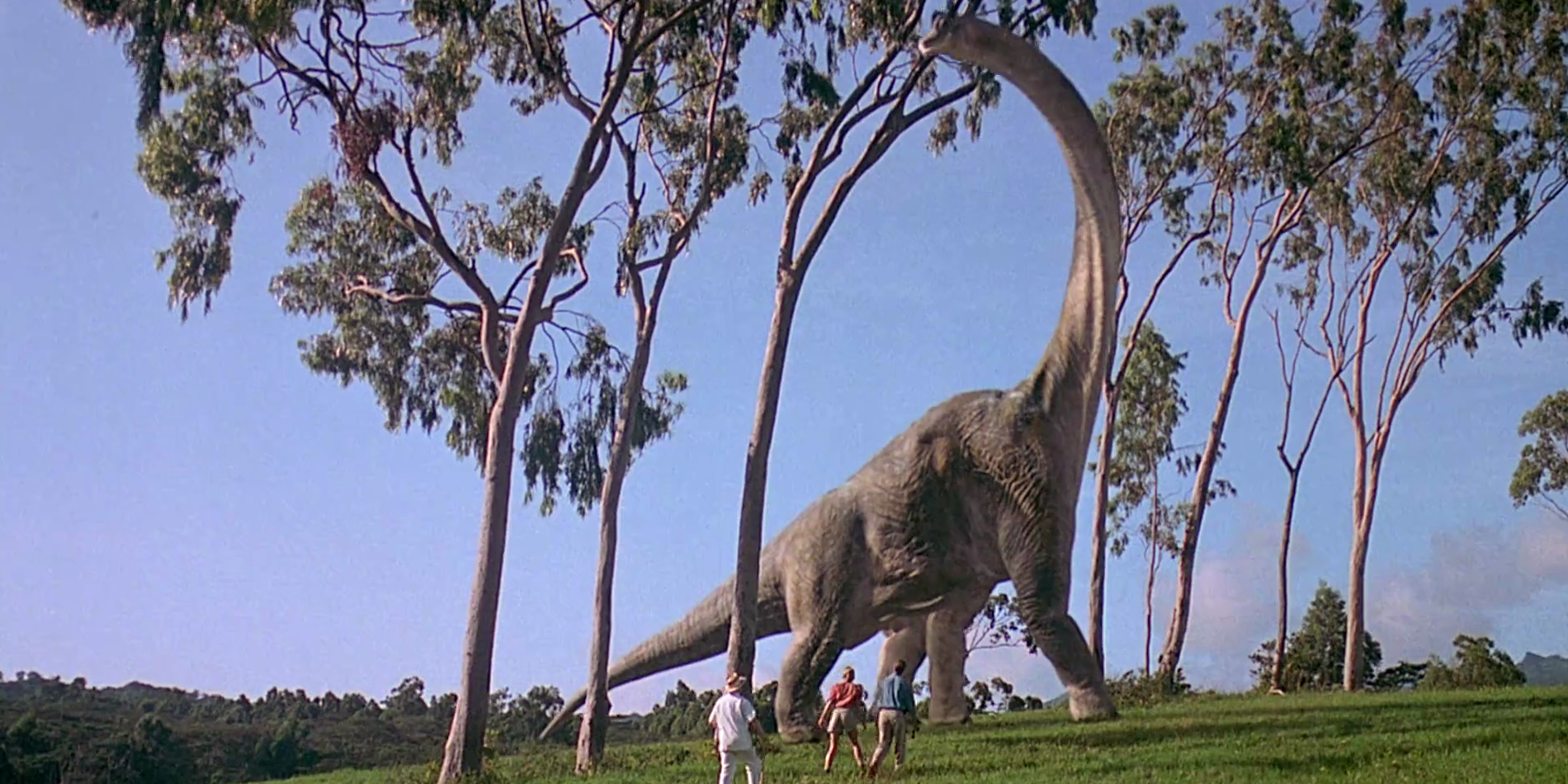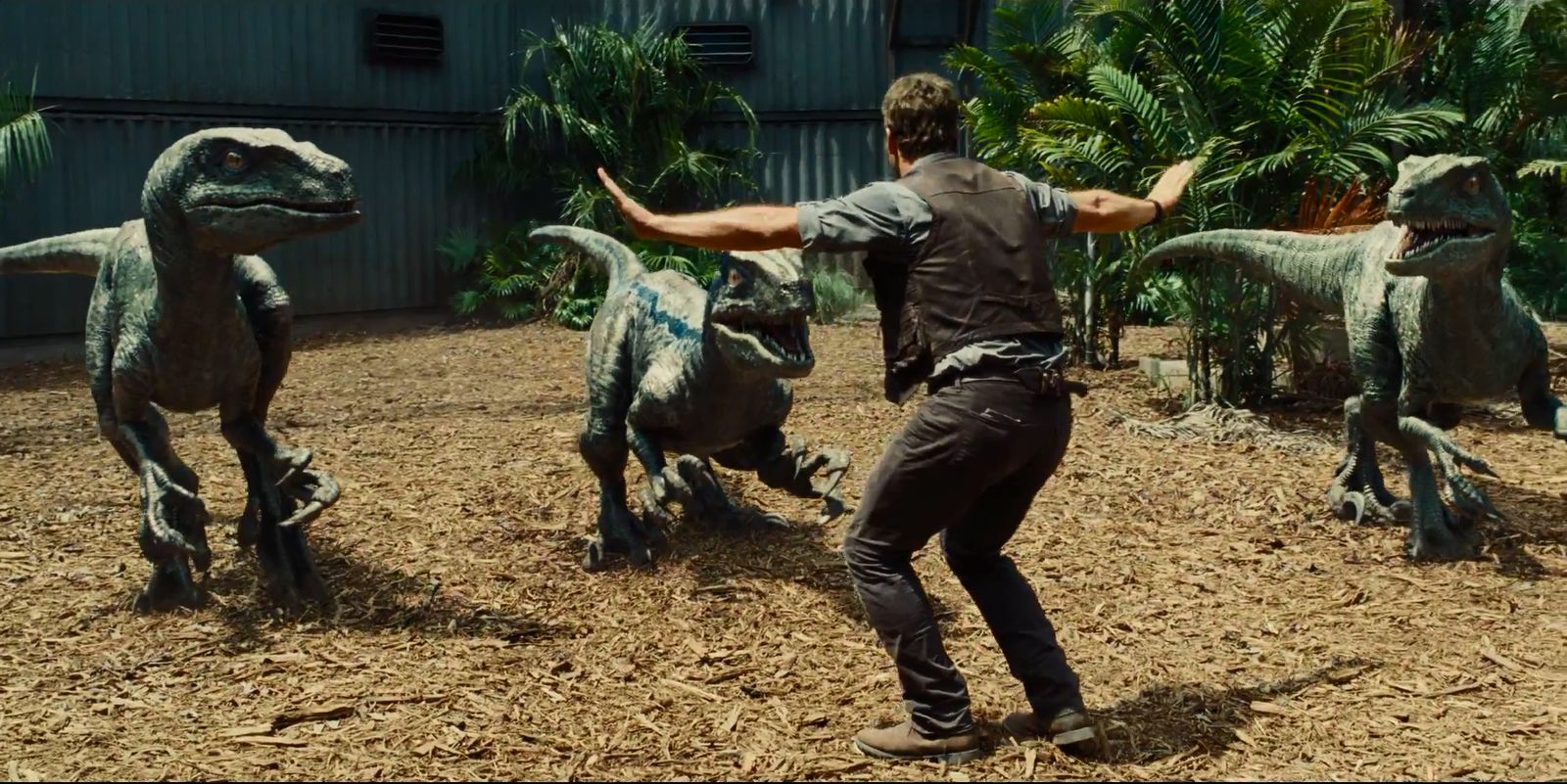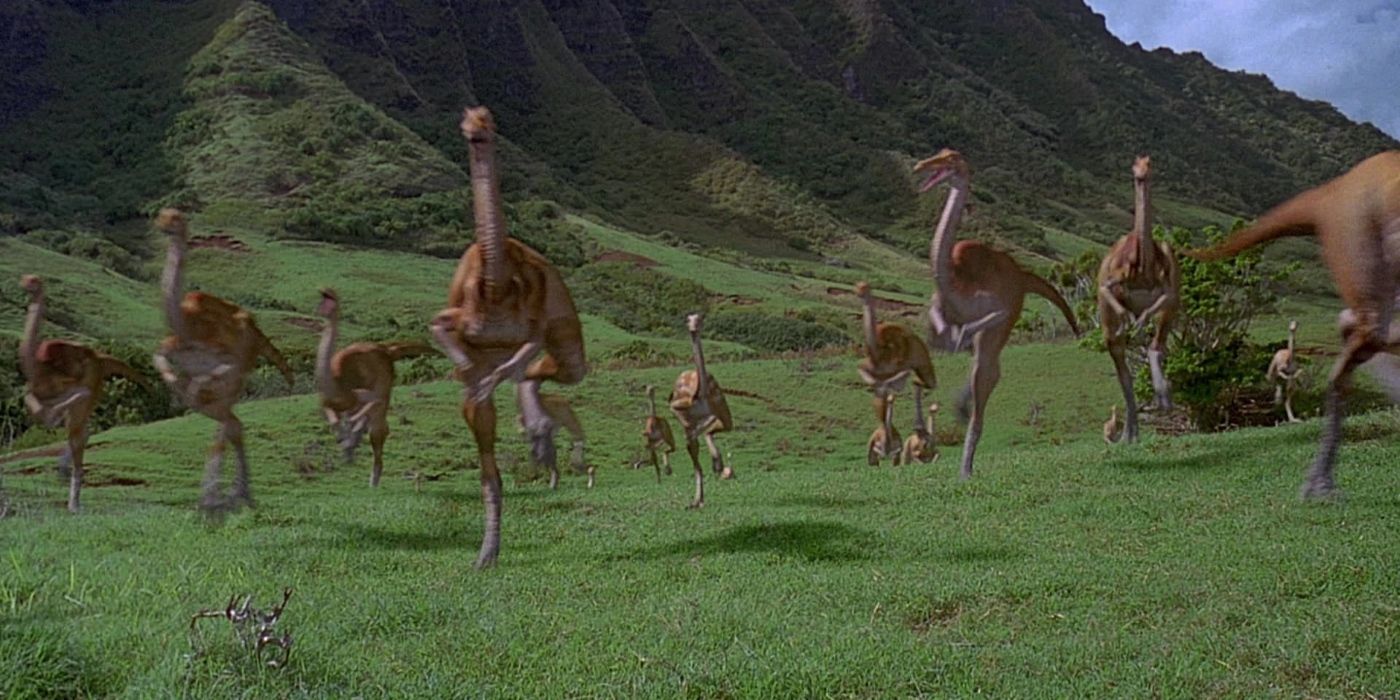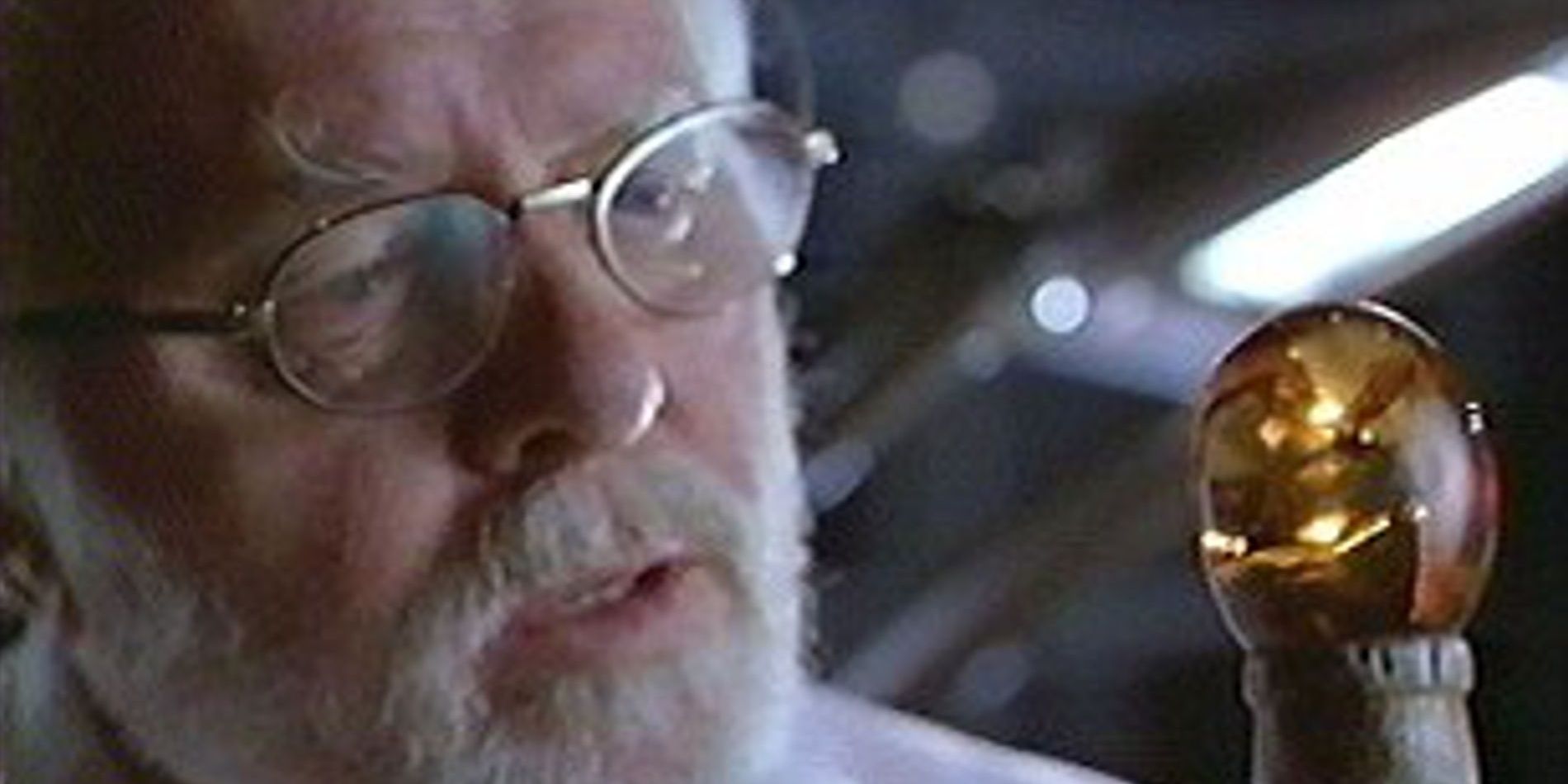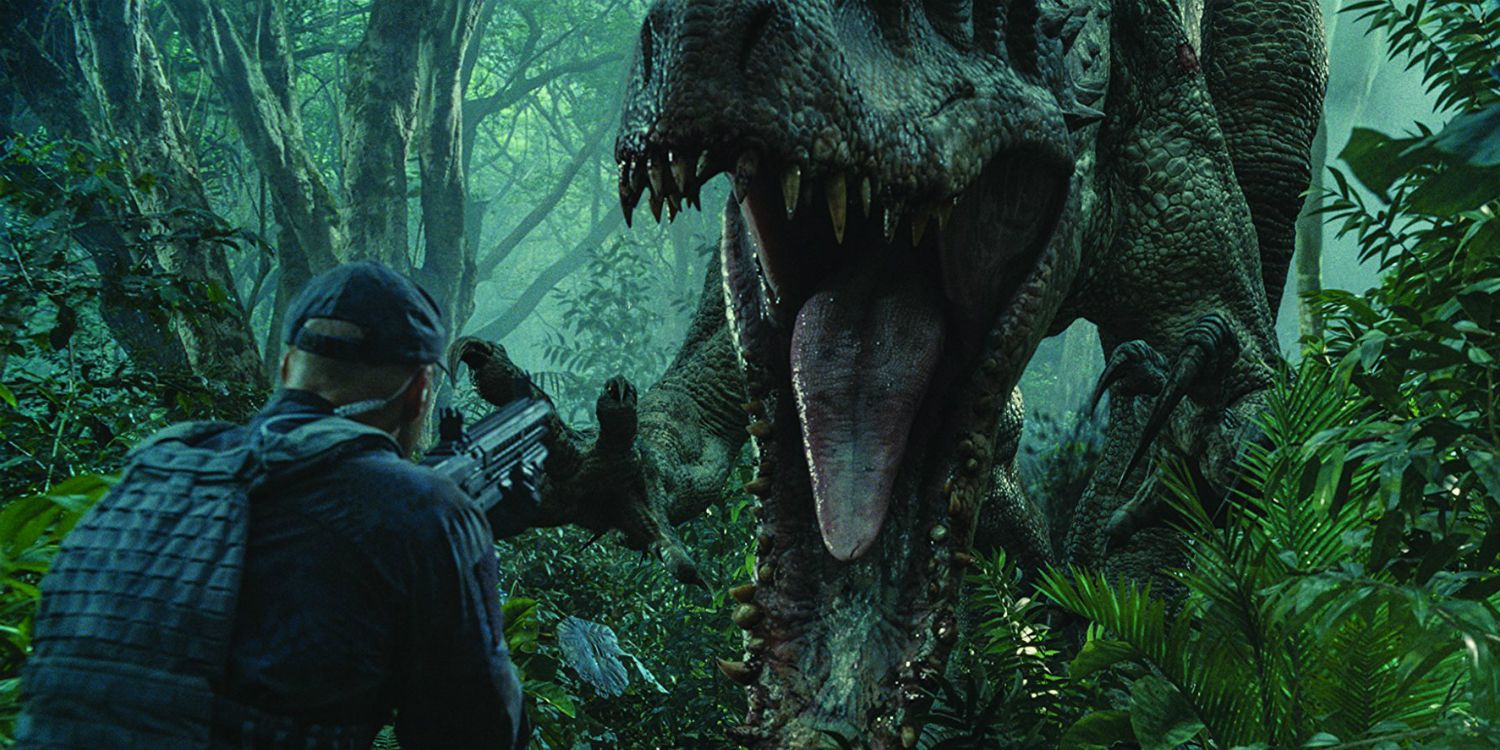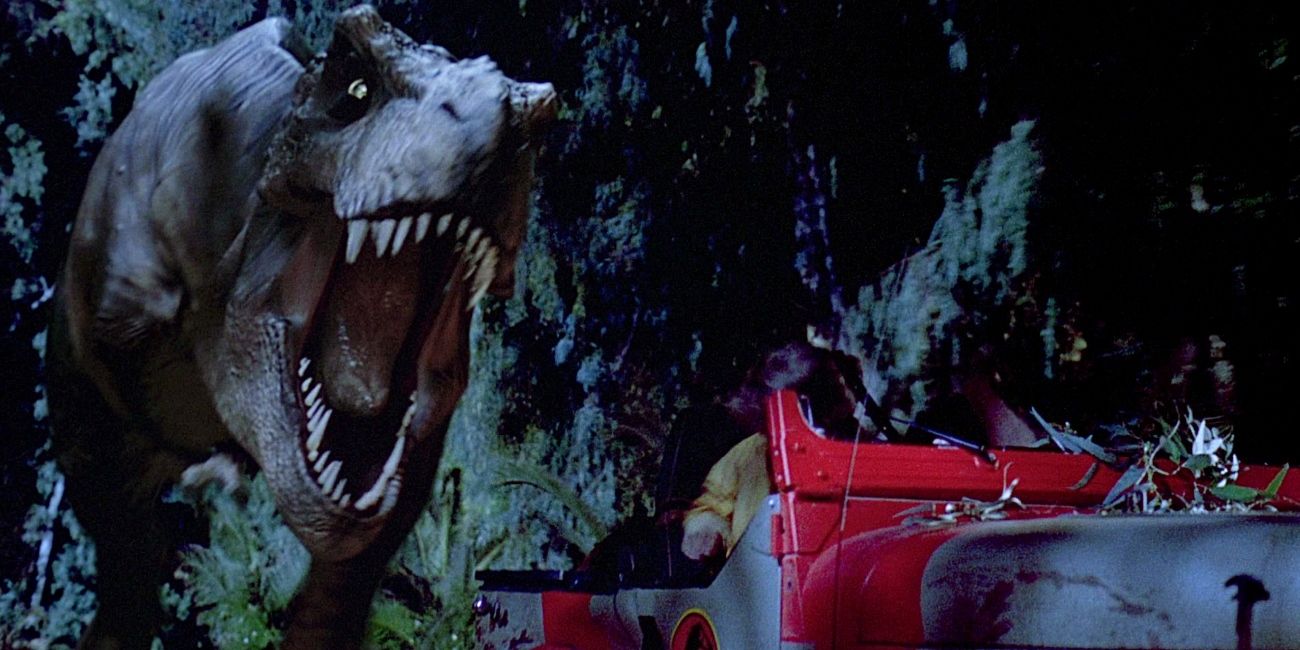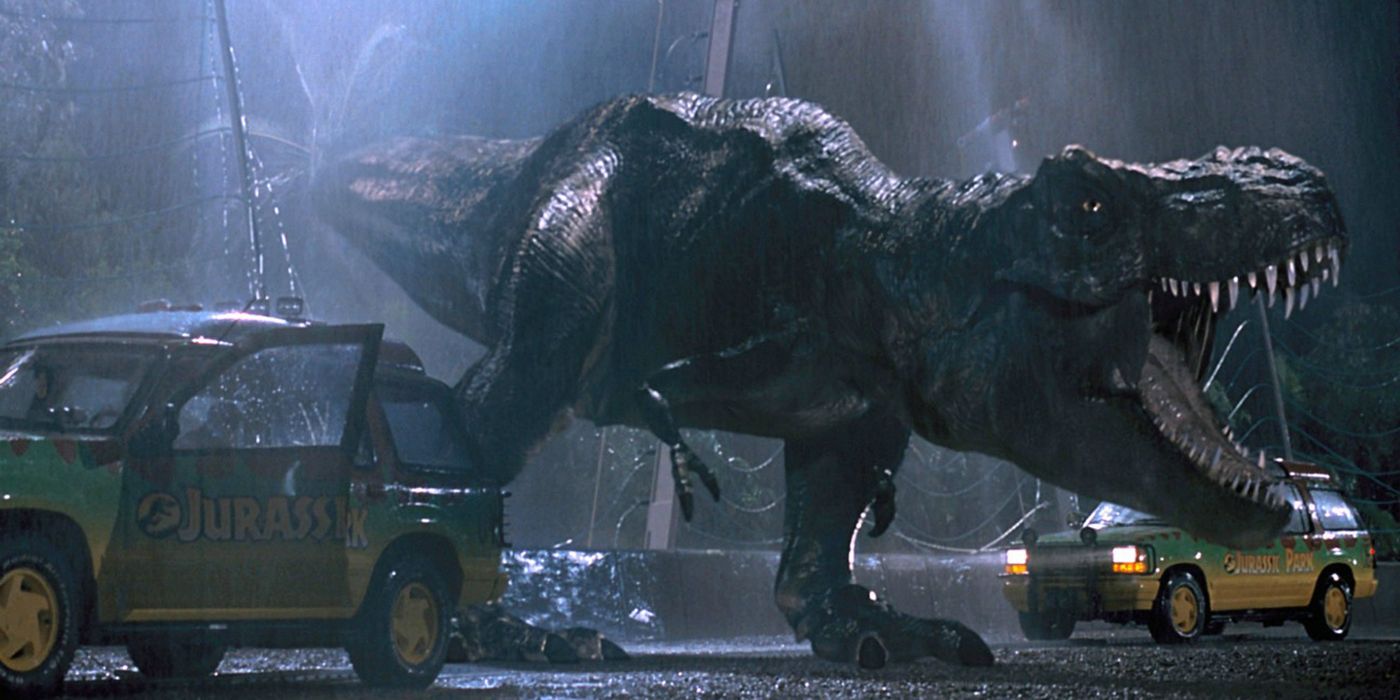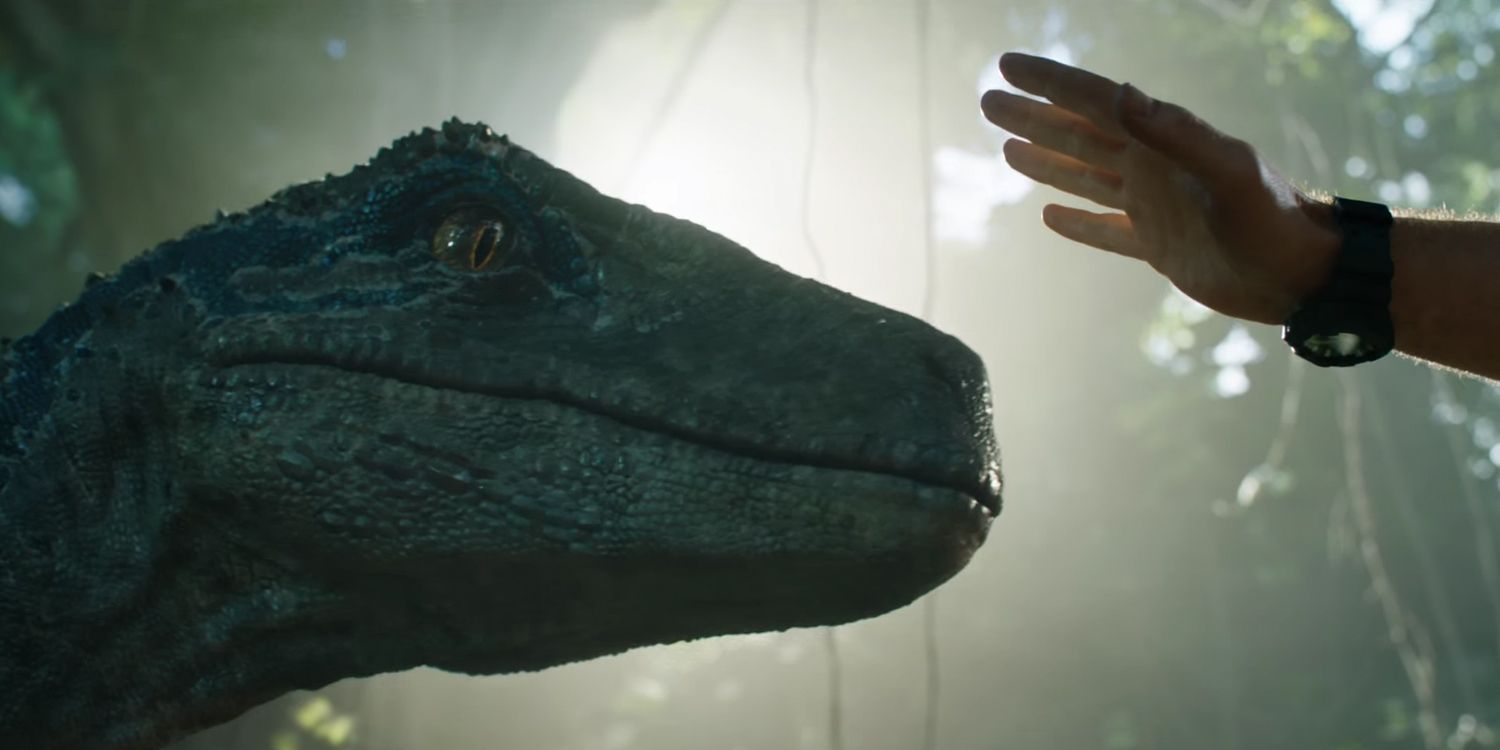The Jurassic Park franchise is one of the most well known of all time, with the three original movies and the two Jurassic World movies all combining to make one of the greatest franchises ever, with dinosaurs acting as its beating heart.
While some movies are certainly stronger than the others, there is no doubt that the Jurassic Park franchise created some incredibly realistic dinosaurs, mixing special effects with physical props to absolute perfection. The original still stands as one of the greatest examples of movie effects to this day.
How much did the franchise get scientifically correct when it comes to the pre-historic beasts? Within this article, we will take a look at five things the franchise got wrong, and five things it got correct.
Got Right: Extremely Realistic
One of the main reasons that the Jurassic Park franchise has been so successful is the fact that all of the dinosaurs look incredibly realistic throughout all of the movies. Whether it is a practical dinosaur or a CGI one, the films made them look amazing.
Dinosaurs have been shown in various movies, books, and television shows over the years, but nothing else has ever come close to how well Jurassic Park did it. While there are a few small details to pick at, with many different dinosaurs being covered in the film, you have to be impressed with the job that is done throughout.
Got Wrong: How A Brachiosaurus Eats
In both the original Jurassic Park and Jurassic World: Fallen Kingdom the movies show the Brachiosaurus eating. Obviously, this is something they did, and they certainly were herbivores as the movie portrays, but it is the way they eat that the films got wrong.
The dinosaur stands on its hind legs to reach up and reach the leaves furthest away in the movies, which might be something that your pet cat or dog could do but is not something that this particular dinosaur could do.
While it might look realistic in the films when you take into account how much these beasts weighed and their sheer size, it is simply impossible for these dinosaurs to have done this. If they had fallen they would've been stranded, unable to get up.
Got Right: Dinosaur Tails
For a long time, it was believed that dinosaurs would drag their tails around on the floor when they moved, and that is the way they had been showcased in movies prior to Jurassic Park being created and it is something that the franchise set straight.
In reality, dinosaurs always actually raised their tails because they were flexible. Having them held up in the air allowed them to move much quicker and not worry about their tail hitting things on the ground.
In all the Jurassic movies, the dinosaurs keep their tails up in the air and they are normally flexible enough to move around, which is something the films got correct.
Got Wrong: Spitting Poison
One of the most famous moments from the original Jurassic Park is when computer programmer Dennis Nedry is sprayed in the face by venom from the Dilophosaurus. This stops him from escaping with the dinosaur embryos that he had stolen, rendering him blind.
While it is a classic moment that is very fun in the movie, giving Dennis a perfect end, but it is actually one of the moments that is false. This particular dinosaur didn't actually spit venom, nor did it have ear frills as you can see in the image.
These dinosaurs were also much bigger than they're depicted in the movies where they are the size of dogs when in reality they could stand as tall as an average human, making them even scarier.
Got Right: Speed
For some reason, people wrongly assume that huge dinosaurs had to be incredibly slow, just because of their enormous sizes. However, as Jurassic Park showcased, many of the dinosaurs were able to move at incredibly fast speeds.
While not every dinosaur had this ability, the vast majority were able to run at a good pace. Throughout the movies when chase scenes are placed into the film, the speed of the dinosaurs is absolutely spot on.
Got Wrong: The Mosquito
This might not be about a dinosaur itself, but without a mosquito, the film wouldn't happen. They take the DNA from the mosquito trapped in the amber of Dr. Hammond's cane, but technically the movie got this wrong.
The mosquito actually has what appears to have hairs on its antennae. These are called flagella, and only male mosquitoes have them. Hammond has a male insect inside his cane.
While that might not seem like a problem, only female mosquitoes bite, and therefore only female mosquitoes could possibly carry another animal's DNA. They needed to find a female to be able to begin thinking about doing what they do.
Got Right: Hunting At Night
For a long time, it was believed that dinosaurs would be too sluggish and lazy to move during the evening. This belief came from the idea that dinosaurs were cold-blooded, but since the 1980s scientists have believed that dinosaurs were actually warm-blooded animals.
Because of that, it is believed that some dinosaurs were nocturnal predators and actually did a lot of their hunting during the night. The movies do this exactly right and the majority of dino attacks take place at night.
While they don't have every single hunt in the evening, because some dinosaurs did hunt during the daytime, the films got the balance spot on and reflected reality very well.
Got Wrong: The Jurassic Period
One of the major things that the movies actually got wrong was the time period itself, especially in the case of the Tyrannosaurus Rex. This boss dinosaur from the original movie actually roamed the earth during the Cretaceous period, separated by millions of years from the Jurassic period.
Less time actually separates humans and the Tyrannosaurus Rex than separates this mighty dinosaur from the Stegosaurus. This was a serious blunder!
Got Right: T-Rex's Stance
While the movies might have gotten it wrong about when the Tyrannosaurus Rex actually roamed the earth, something they did get right was how the well-known dinosaur stood, unlike previous attempts to portray the might carnivore.
The first Tyrannosaurus Rex skeleton displayed in the film showcased the dinosaur standing upright. That isn't how the beast stood, though, mainly because it would have been incredibly unbalanced when it was moving around.
As the Jurrasic Park movies highlight, the T-Rex actually stands horizontal with its tail balancing its head in order to not fall over, getting it spot on.
Got Wrong: Their IQ
This really came into play during Jurassic World with Chris Pratt's character, Owen, being able to communicate with Blue by using commands in a way that humans do with certain animals at places like SeaWorld.
While it made for a fun new aspect of the movie, it isn't accurate. The brain sizes of dinosaurs in real life show that their intellectual capacity was incredibly small. They just weren't smart.
Because of that, it is impossible that Blue would be able to actually understand English. However, this idea continues into Fallen Kingdom again and is a concept the franchise is clearly going to run with.

